




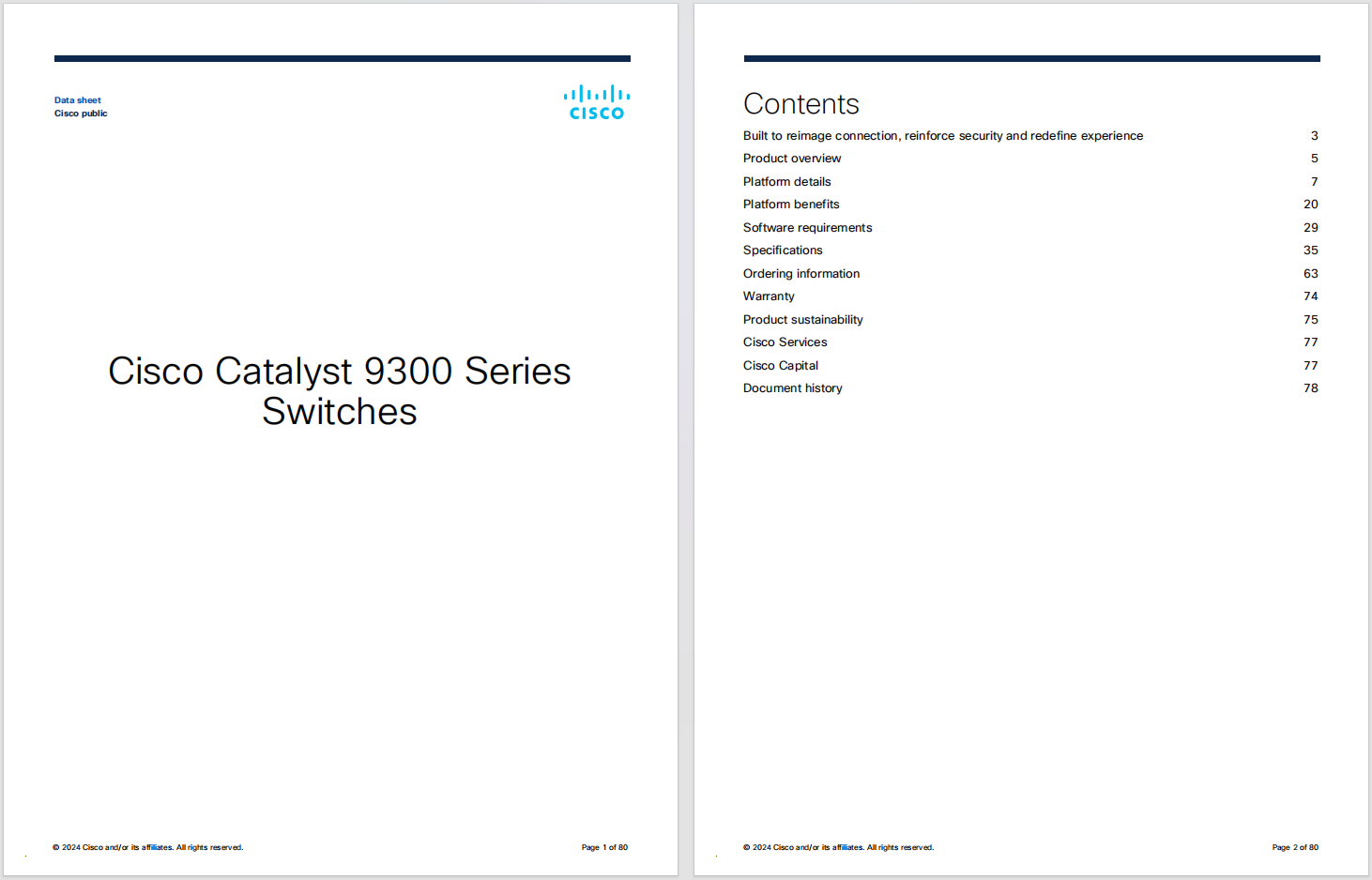



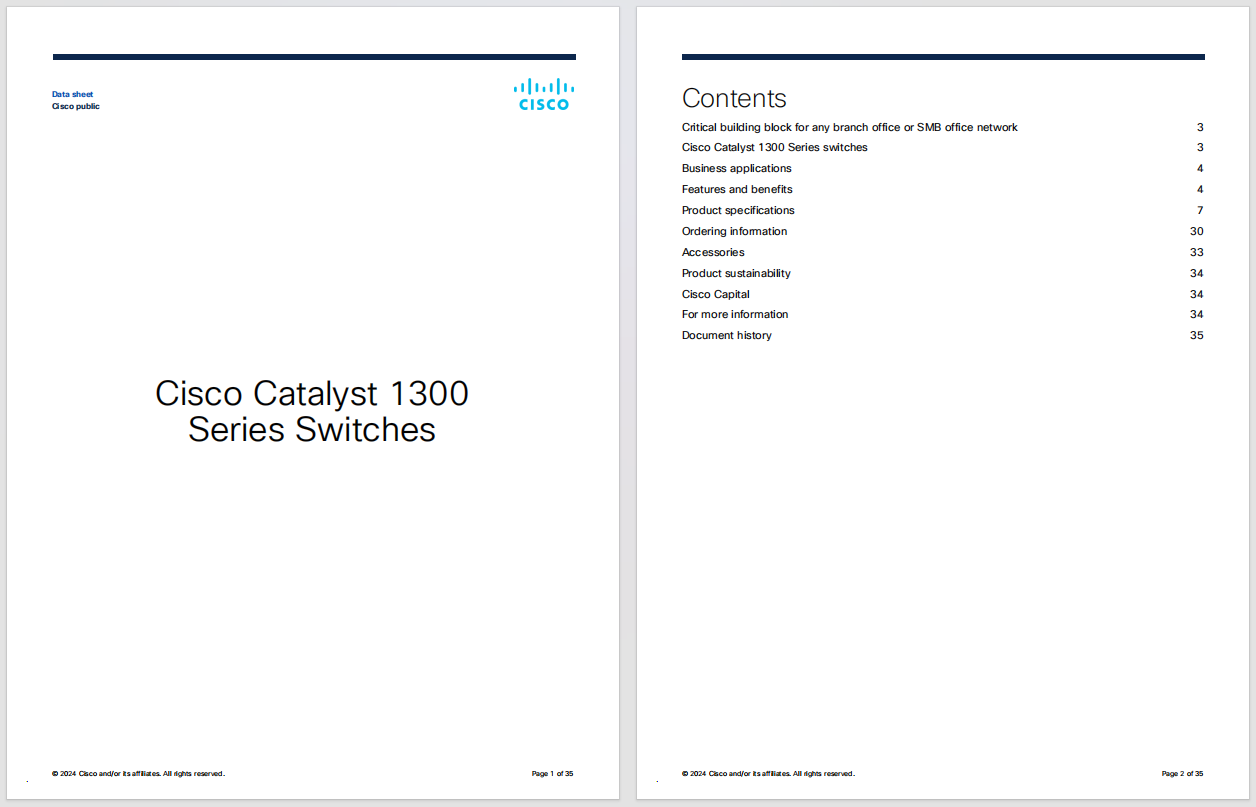
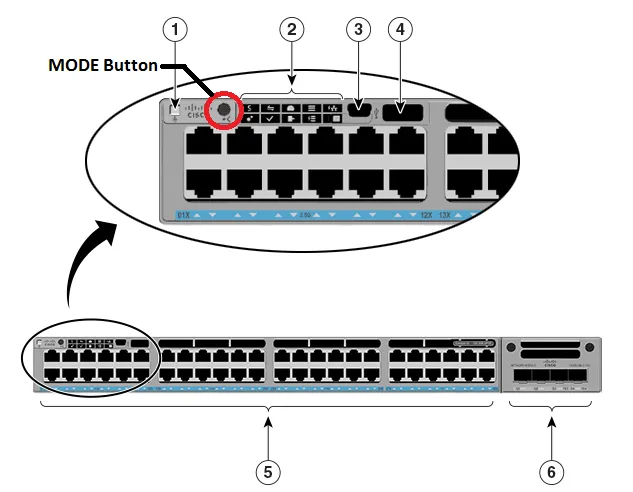
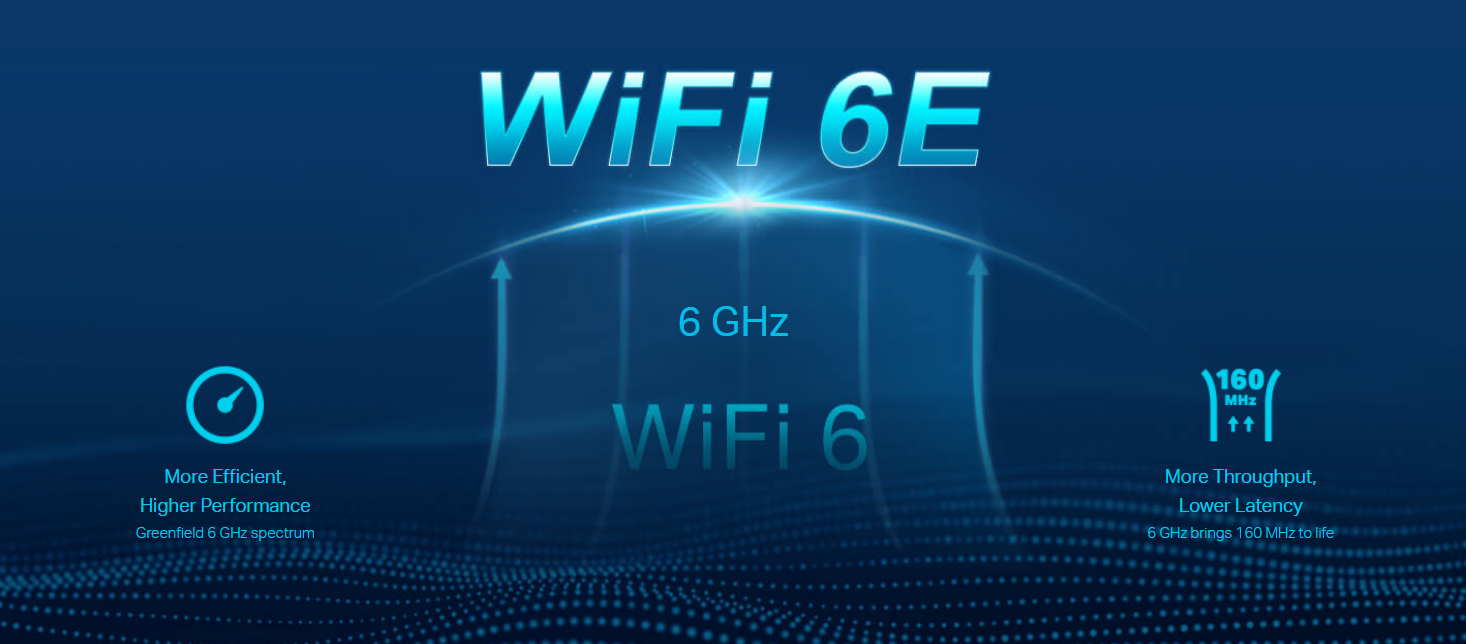

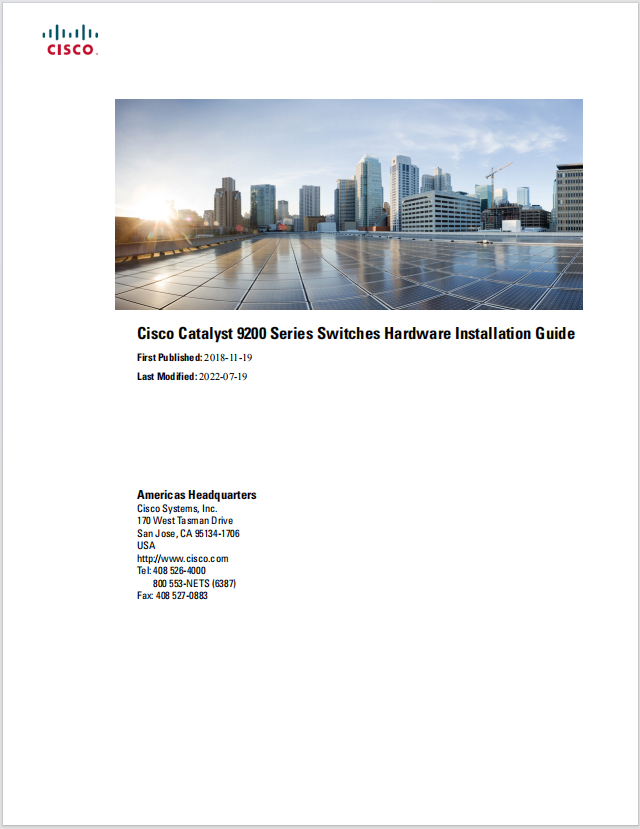
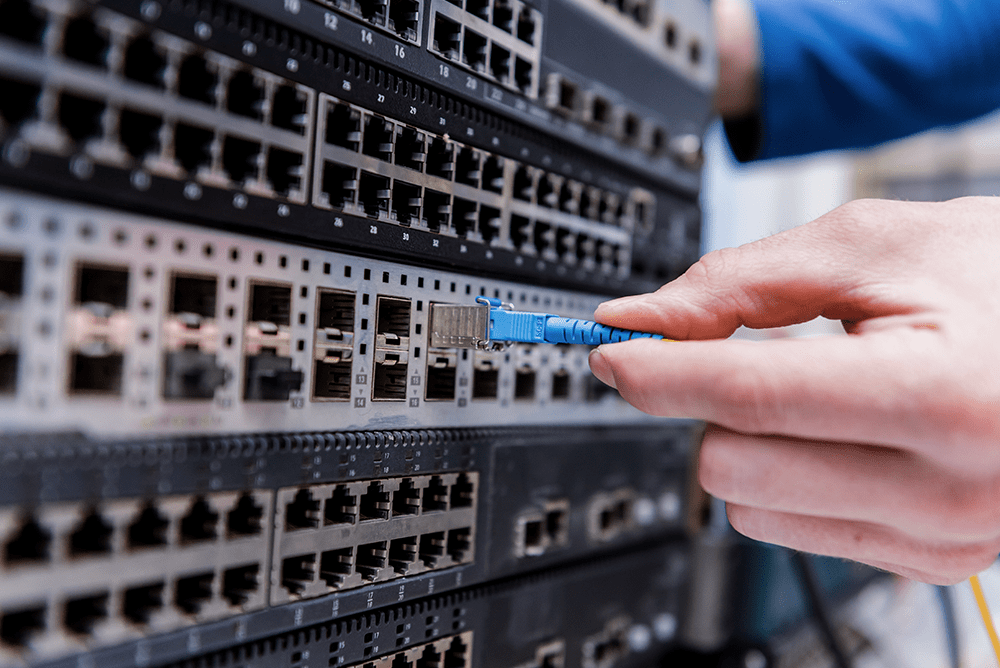

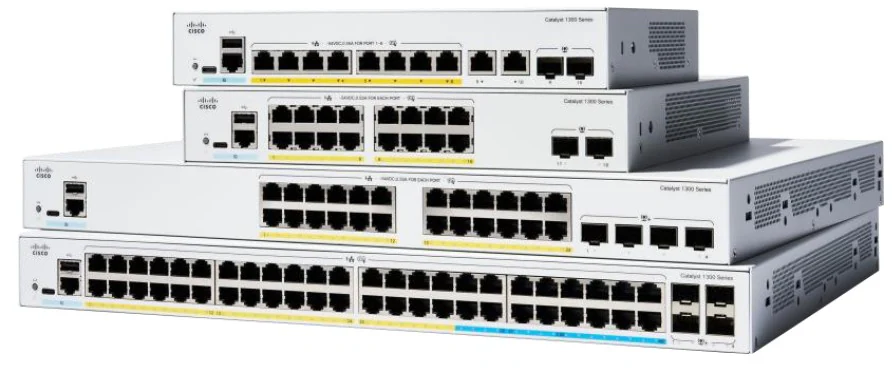



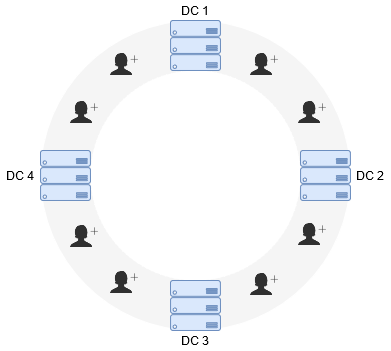
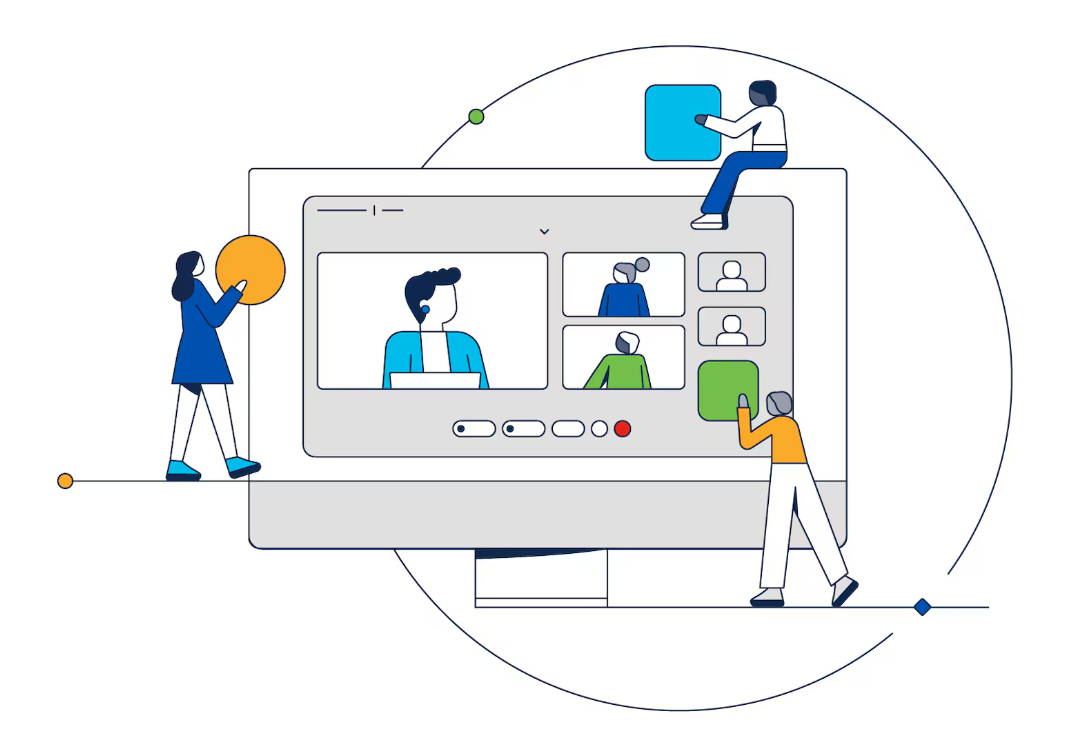



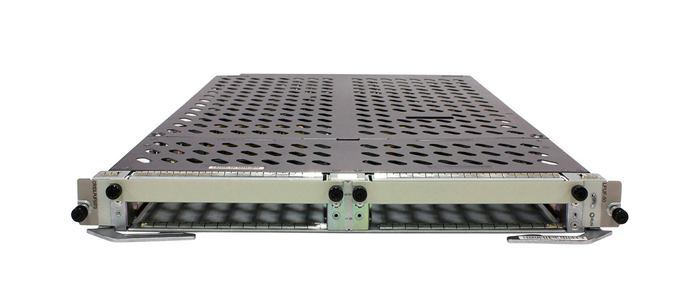
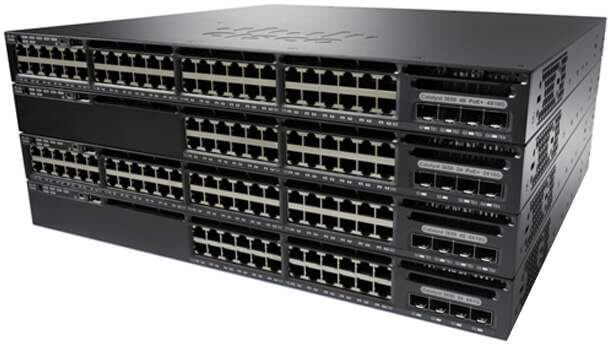
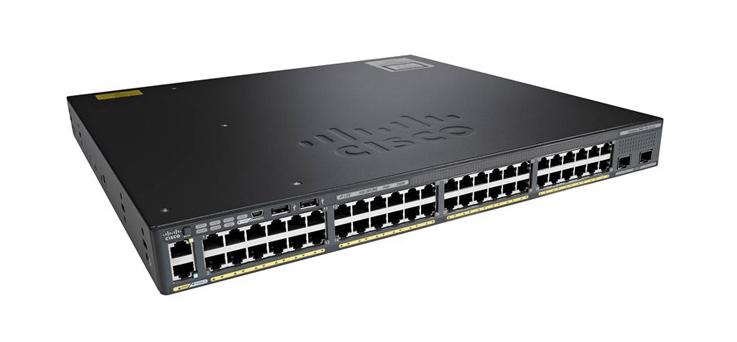


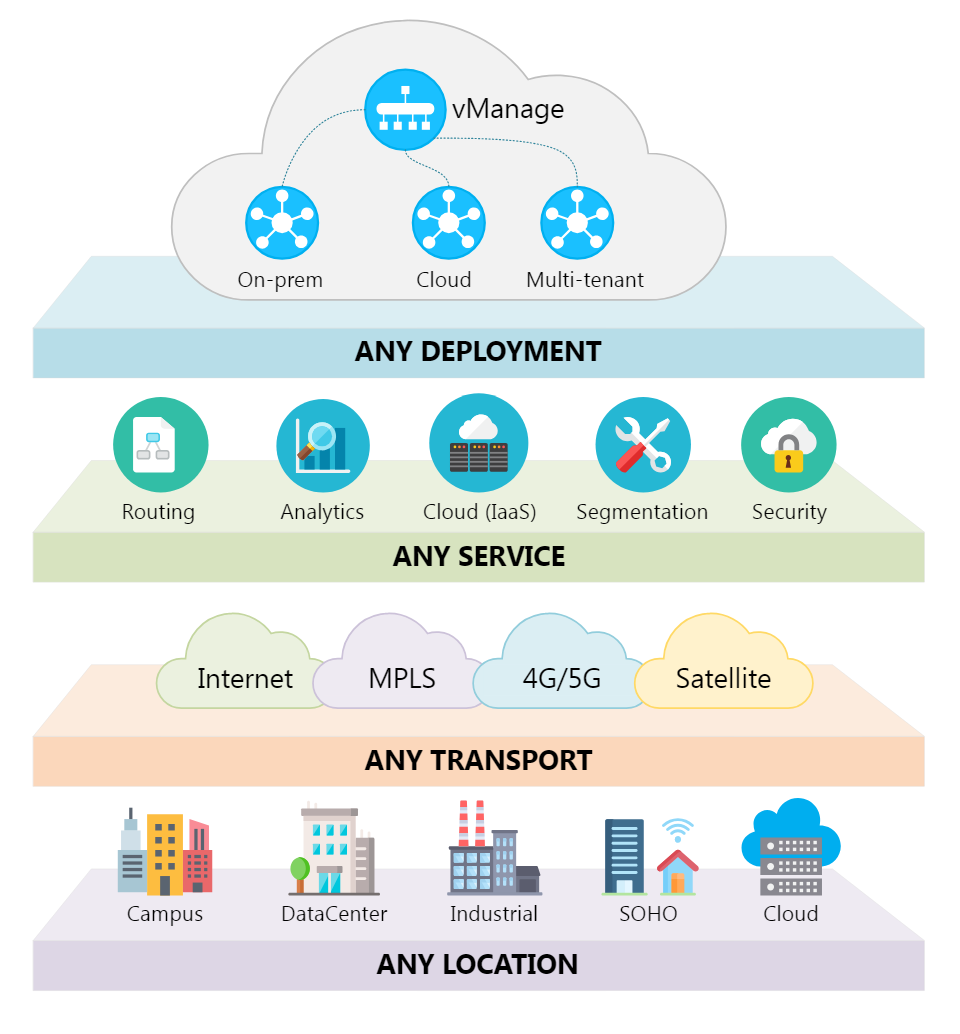
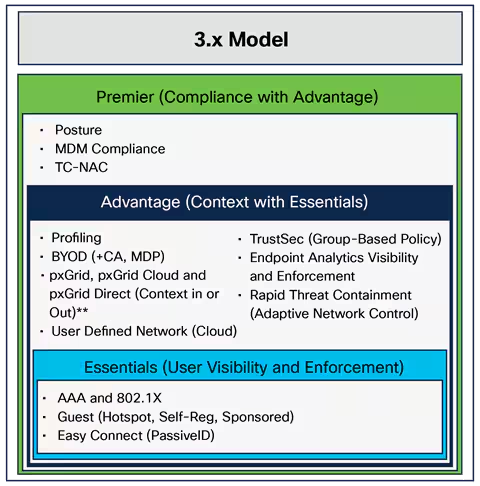

The Cisco Catalyst 9200L Series switches, aussi connu sous le nom de the Cisco C9200L, have been a popular choice for network administrators looking for a scalable, reliable, and secure switching solution. As with all technology, there comes a time when a product reaches its end of life (EoL) voir aussi:, and the Cisco C9200L is no exception. Understanding what this means for your network, planning for the transition, and knowing your options are crucial steps in maintaining the stability and security of your infrastructure. This article will provide an in-depth overview of the Cisco C9200L End of Life, its implications, and what steps you should consider next.
The Cisco Catalyst 9200L Series switches are a part of Cisco's portfolio of enterprise-class switches designed to provide basic layer 2 and layer 3 features. These switches offer an affordable and secure option for small to medium-sized networks while providing the flexibility to scale and grow. The Cisco C9200L Series is known for its enhanced security features, high performance, and reliable connectivity, making it a popular choice in various industries.
End of Life (EoL) and End of Sale (EoS) are terms used by manufacturers to indicate the lifecycle stage of a product. When a product reaches its EoL, it means that the manufacturer will no longer produce, sell, or support the product. Typically, EoL is preceded by an End of Sale (EoS) announcement, where the product is no longer available for purchase. After the EoS date, the manufacturer continues to provide support for a limited time, usually up to five years, depending on the support agreement.
Cisco announced the End of Life for the Cisco Catalyst 9200L Series switches to help customers plan and migrate to newer, more advanced switching solutions. The announcement includes key dates that network administrators should be aware of to ensure they are prepared for the transition.
End of Sale Date:This is the last date to order the product through Cisco’s sales channels.
End of New Service Attachment Date:After this date, no new service contracts can be added to the product.
End of Support Date:This is the last date that Cisco will provide support and software updates for the product.
Cisco has provided a detailed timeline for the End of Life process of the Cisco C9200L Series. Here are the critical dates to remember:
End of Sale Date:Cisco typically announces this date 6 months in advance.
End of New Service Attachment Date:This is usually set one year after the End of Sale Date.
End of Routine Failure Analysis Date:This is the last date for Cisco to perform a routine failure analysis on the product.
End of Service Contract Renewal Date:This is the last date to extend or renew a service contract for the product.
Last Date of Support (LDoS):This marks the absolute end of support from Cisco, which is typically 5 years after the End of Sale Date.
The End of Life of the Cisco C9200L Series can have several implications for businesses and their IT operations:
Security Risks:Once the EoL date is reached, Cisco will no longer provide security patches or updates, potentially leaving the network vulnerable to security threats.
Lack of Support:No technical support means that any issues that arise cannot be escalated to Cisco’s technical team.
Incompatibility:Newer software and hardware technologies may not be compatible with older switches, which could limit the ability to upgrade or expand the network.
Cisco, like many tech companies, follows a product lifecycle to innovate and push newer, more efficient technologies to market. Announcing the EoL for older products like the Cisco C9200L allows Cisco to allocate resources better towards developing and supporting newer solutions. This strategy ensures that Cisco continues to deliver cutting-edge technology while providing users with improved performance, security, and functionality.
When a product reaches its End of Life, businesses need to plan their next steps carefully. Here are some options to consider:
Upgrade to a Newer Cisco Switch:Cisco offers several newer models that provide enhanced features and better performance. The Cisco Catalyst 9300 Series, for instance, is a recommended upgrade path for customers currently using the Cisco C9200L Series.
Third-Party Maintenance:For those not ready to upgrade, some third-party vendors offer extended support and maintenance for EoL products, though this may come with increased risks.
Network Redesign:This might be an excellent opportunity to reassess your network’s design and consider newer technologies that could better suit your organization’s needs.
Upgrading to a newer Cisco model, such as the Catalyst 9300 Series, offers several advantages:
Enhanced Security:Newer models come with advanced security features that help protect against modern threats.
Improved Performance:Higher throughput, better scalability, and more efficient management are standard in newer models.
Future-Proofing:Upgrading ensures compatibility with future Cisco innovations and standards, reducing the need for frequent upgrades.
Delaying an upgrade after an EoL announcement can pose several risks, including:
Increased Downtime:With no support or replacement parts, any failure could result in significant downtime.
Higher Operational Costs:Keeping old equipment running can lead to higher maintenance costs, especially when using third-party support.
Security Vulnerabilities:Without updates, older equipment is more susceptible to cybersecurity threats.
Executing a smooth transition from Cisco C9200L to a newer model involves several steps:
Assessment:Evaluate your current network environment to understand what needs to be replaced or upgraded.
Planning:Develop a comprehensive migration plan, including budget, resources, and timelines.
Testing:Before making any changes, conduct thorough testing to ensure compatibility and minimize disruption.
Implementation:Roll out the new equipment in phases, monitor performance, and address any issues promptly.
Training:Ensure your IT staff is trained on the new equipment to maximize its potential and minimize errors.
Training and preparing your team for the transition is crucial. Ensure they understand the new equipment's functionality, and provide them with adequate training to manage and troubleshoot potential issues effectively. Leveraging Cisco’s training programs can be beneficial for a smoother transition.
Cisco provides various resources to help with transitions, including documentation, training, and migration guides. Make sure to take full advantage of these resources to ensure a smooth transition.
Upgrading network equipment can be a significant investment. Assess your budget and explore Cisco’s financing options or other third-party vendors who offer competitive pricing for new hardware.
Si vous 're considering alternatives to upgrading within the Cisco ecosystem, explore switches from other reputable vendors such as Juniper Networks, HP, or Dell, which offer similar performance and features.
The Cisco C9200L End of Life is an important milestone that requires careful planning and execution. Understanding the implications and exploring your options can help ensure a smooth transition to newer, more advanced networking solutions. Taking proactive steps now will help maintain your network's security, performance, and reliability.
Remarque:It’s important to stay updated on Cisco’s announcements and product lifecycle information to ensure you’re prepared for any future changes.
For more information and resources, visit Cisco's official website or consult with a certified Cisco partner.
For Cisco product list and quote, please visit: https://www.hi-network.com/categories/cisco or contact us at www.hi-network.com (Email: [email protected])
 Tags chauds:
Commutateurs CISCO
Tags chauds:
Commutateurs CISCO